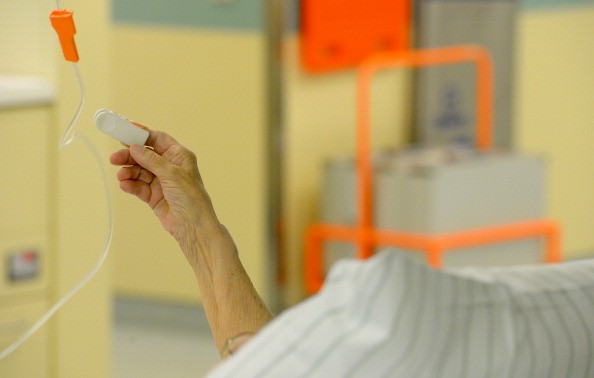
A team of U.S. researchers have listed down some of the significant signs that a cancer patient may be dying in the hope they will be provided with the best and ideal type of care at all times.
Although science and technology have made huge strides in the detection, prevention, and treatment of cancer, it is still one of the deadliest disorders in the world with millions of men and women, including children, dying from it.
Nevertheless, all cancer patients should be provided with the right type of care at any stage of their lives, even in the final days. These include knowing signs that predict their demise within the next 3 days.
A team of researchers from the University of Texas analyzed the medical records of more than 355 patients afflicted with cancer and were admitted to palliative care management units of two cancer institutes in Brazil and the United States. At the end of the study, more than half of the patients died.
By then, the team had already identified more than 50 unique physical signs for every 12 hours since the time of the patients' admission to their death.
Eight of these signs are important since they may point to the patient's death within the next three days.
In the recent issue of Cancer, the researchers cited that most cancer patients who were close to dying exhibit a significant decreased response when spoken to or when shown certain objects such as photos. Their pupils are also non-responsive, which may mean they may not be able to perform an eye contact with you.
A caregiver or a relative attending to the patient may also hear some gurgling sounds produced by the vocal cords, a condition known as the death rattle. This happens when fluids like saliva and secretions by the bronchial tubes build up on the chest and throat.
By being able to identify these signs, carers including doctors and nurses can provide the best possible care for the patients, making their death less painful for them and their family.
The team is currently confirming if these signs are also true in dying patients in hospices, homes, and regular hospitals.

